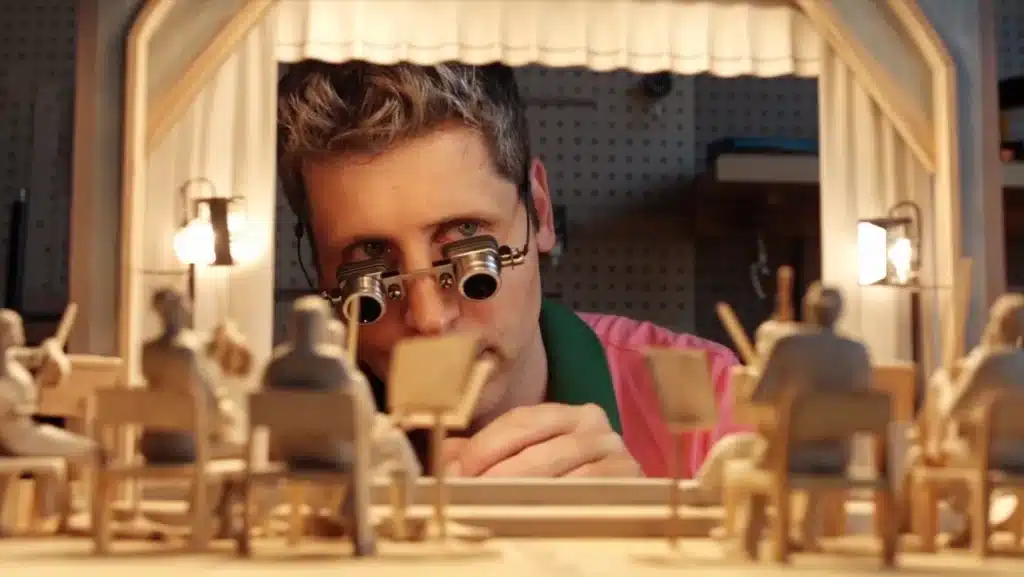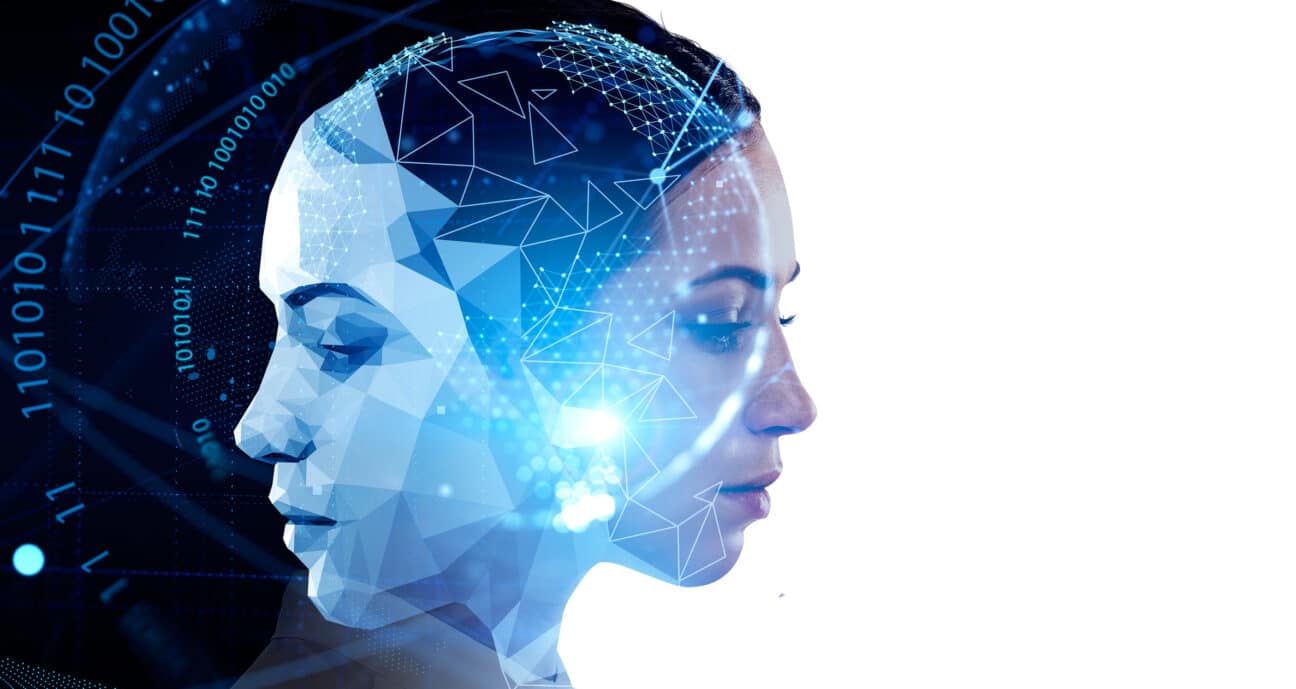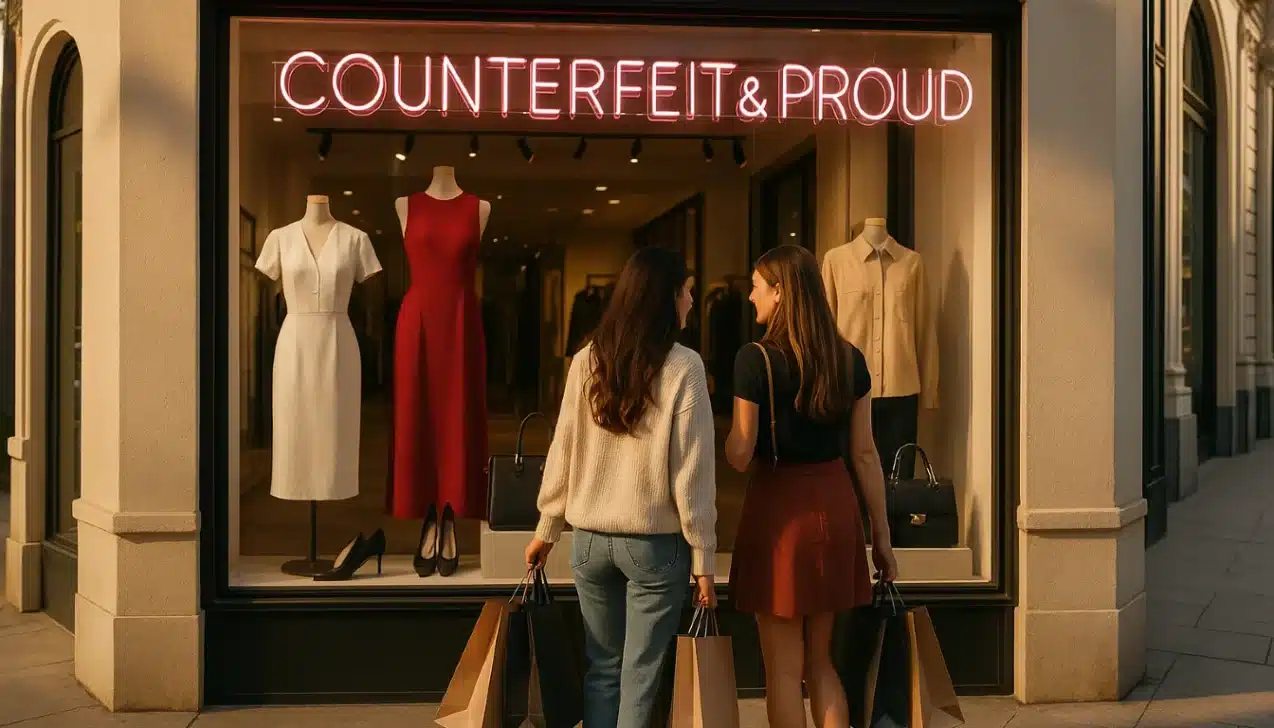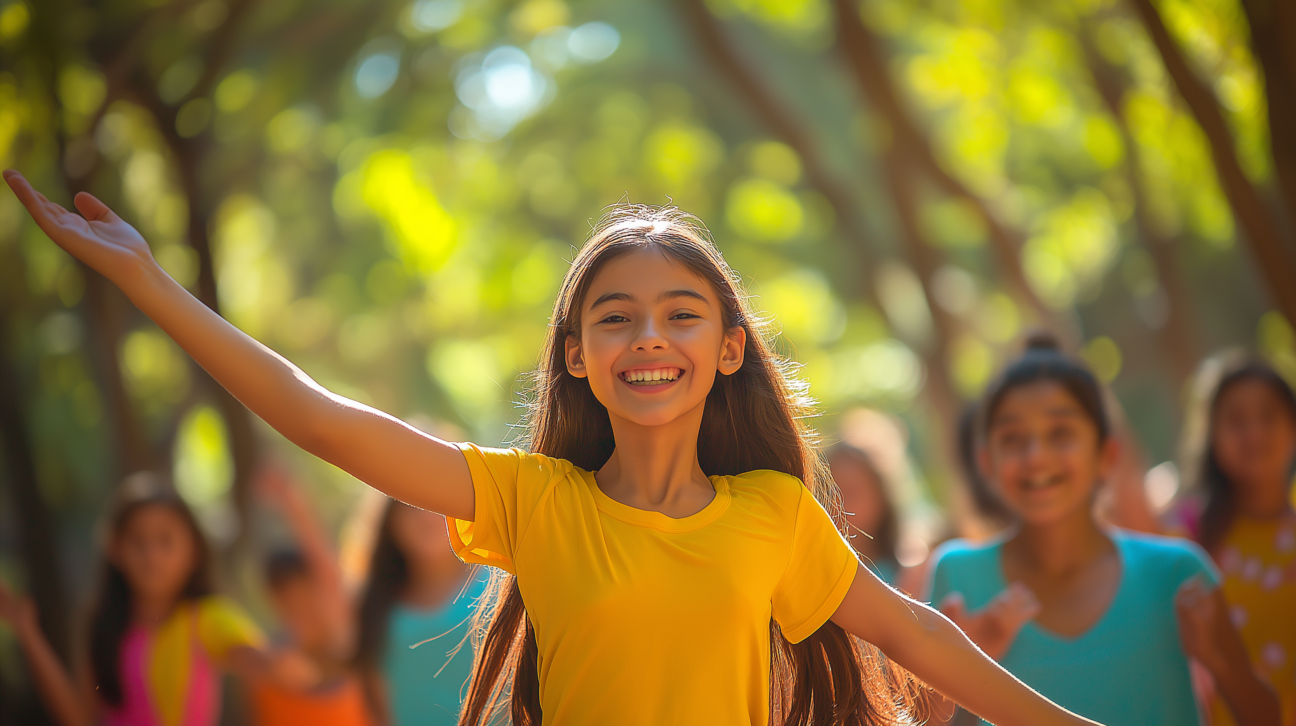OpenAI has unveiled Sora 2, a new generative video model, alongside an app designed to make video creation, sharing, and viewing as seamless as writing with ChatGPT. CEO Sam Altman described the launch as a potential “ChatGPT for creativity” moment, heralding what he calls a Cambrian explosion in art, entertainment, and social connection.
What makes Sora 2 different?
Unlike earlier generative video tools, Sora 2 emphasizes ease, speed, and social integration. Its “cameo” feature allows users to insert themselves, friends, or others, provided there is explicit consent, directly into AI-generated videos. OpenAI highlights this as a strikingly new way for people to connect, with early testers describing it as both compelling and fun.
The company has also worked hard on character consistency, ensuring people and likenesses remain stable across a video, addressing one of the most persistent challenges of generative media. In effect, Sora 2 does not just create short clips from prompts, it creates stories that look coherent, polished, and human.
Safeguards and responsibilities
OpenAI’s leadership is candid about the risks. In his announcement, Altman acknowledged that social media’s legacy has been mixed, with tools often amplifying addictive behaviors and even bullying. The company is keen to avoid what he terms the “RL-optimized slop feed,” where algorithms optimize only for engagement without regard for user wellbeing.
To that end, OpenAI is building in multiple safeguards and principles from day one:
-
Consent-first likeness use to guard against deepfakes and unauthorized impersonation.
-
Filters and monitoring for disturbing or illegal content.
-
Mood and wellbeing checks to monitor the impact of Sora use on users over time.
-
Parental controls including limits on personalization and direct messages for younger users.
-
User-directed feeds, allowing people to choose the tone and content of what they see, whether energizing, relaxing, or specific to personal interests.
-
Creation-first design, aiming to make active participation more rewarding than passive scrolling.
Altman went further, pledging that if Sora fails to improve users’ lives in the long run, OpenAI would “make significant changes” and, if necessary, “discontinue offering the service.”
The big question
The ambition behind Sora 2 is clear: to democratize video creation in the same way ChatGPT democratized access to AI-powered text. But the scale of its appeal could quickly make it indispensable for millions of users. With that comes a dilemma: if the service drives addiction, bullying, or harm, could OpenAI ever really switch it off once it has gained the enormous traction it seems destined to achieve?
Subscribe
Sign-up to receive our newsletter





